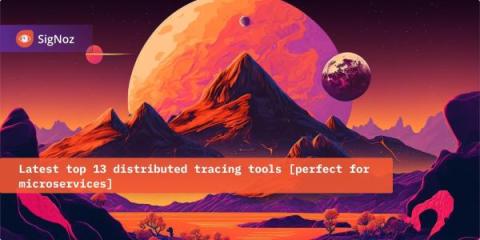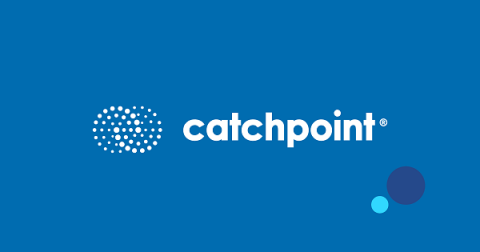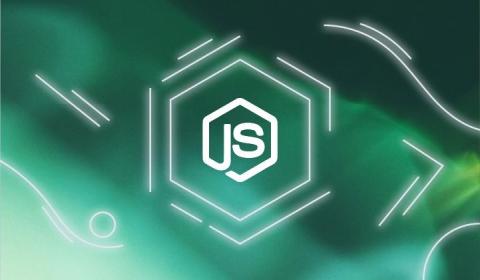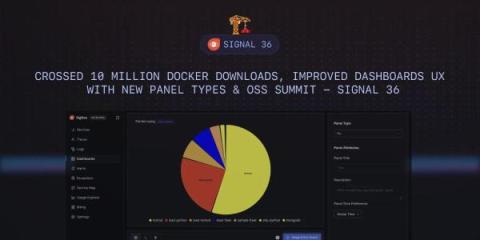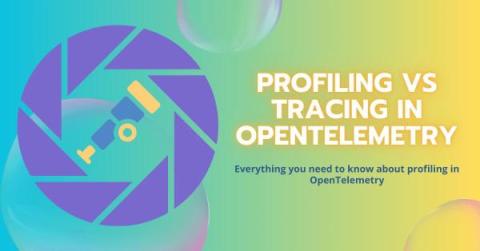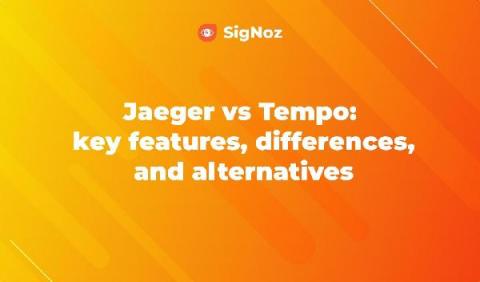Latest Top 13 Distributed Tracing Tools [perfect for microservices]
Modern digital organizations have rapidly adopted microservices-based architecture for their applications. Distributed tracing tools help monitor microservices-based applications. Choosing the right distributed tracing tool is critical. How do you know which is the right one for you? In this post, we will cover the top 13 distributed tracing tools in 2024 that can solve your monitoring and observability needs.


